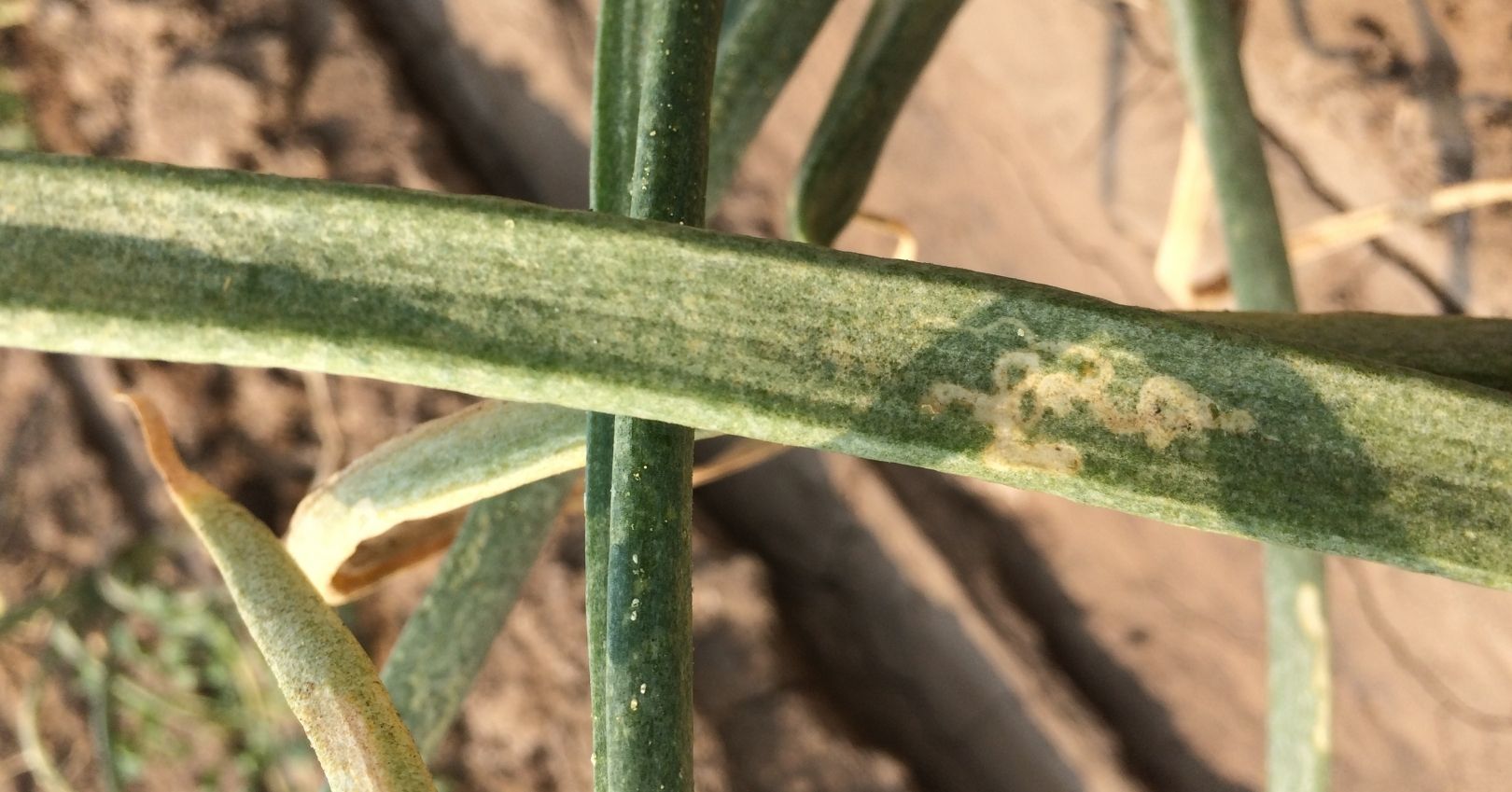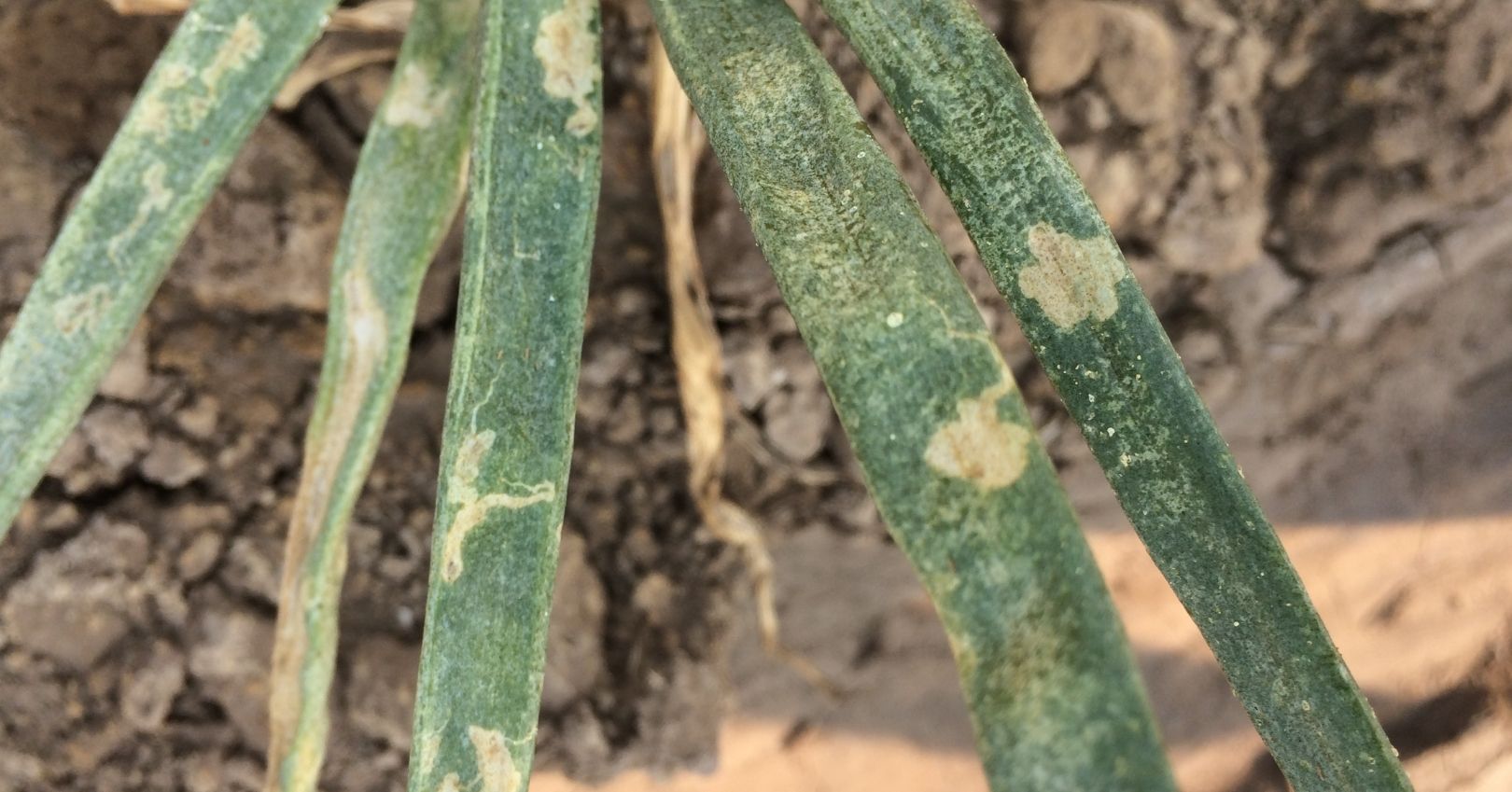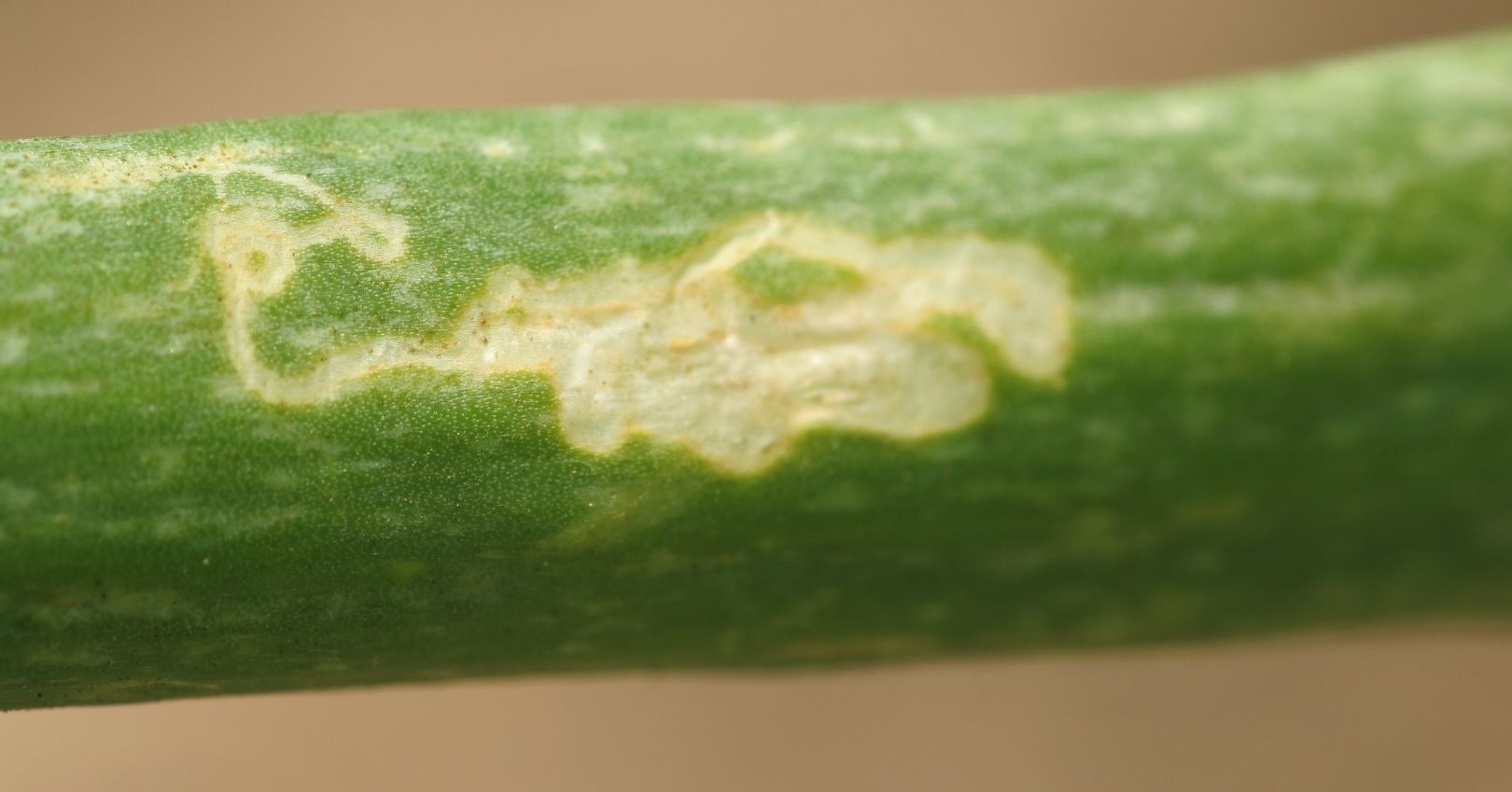Leafminers




Pea Leafminer
Description
Adult: Small, about 0.06 to 0.08 inch (1.5 to 2.0 mm) long, with a wing length of 0.07 to 0.09 inch (1.7 to 2.25 mm), and black bodies with yellow markings on the back, sides of body, and head. Larger body and overall darker color than the vegetable and American serpentine leafminers.
Larva: White to yellow in color, wedge-shaped.
Egg: White, oval.
Pupa: Brown, seed-like.
Vegetable Leafminer
Description
Adult: Smaller than pea leafminer, black and yellow flies with a shiny black back and black margins behind eyes. Wing length 0.05 to 0.07 inch (1.25 to 1.7 mm).
Larva: Initially colorless, becoming yellowish as they mature with black mouthparts.
Egg: White, oval, 0.01 inch (0.23 mm) long.
Pupa: Reddish-brown, 1.5 mm long.
American Serpentine Leafminer
Description
Adult: Less than 0.08 inch in length, wing length of 0.05 to 0.07 inch. Yellow head, red eyes, grayish black back, and yellow margins behind eyes.
Larva: White to yellow, wedge-shaped, 0.02 to 0.08 inch in length.
Egg: White, oval, 0.04 inch long.
Pupa: Initially golden brown and later, darker brown.
Leafminer Life History
Leafminers overwinter as pupae and emerge as adults in the spring. After mating, females lay eggs within the undersides of leaves. Eggs hatch within 2 to 4 days and larvae feed underneath the leaf epidermis, creating serpentine (snake-like) mines. Mines gradually increase in width as the larvae grow and mature. Larvae pupate within the mines or cut their way out of the leaf and pupate in the soil. Adults emerge after about 10 days during the summer months. One generation takes about a month; several generations occur each year.
Leafminer Damage
Females puncture the leaf mesophyll with their ovipositor, and use these punctures to feed and lay eggs. Larvae cause the most injury and feed by removing the mesophyll between the surfaces of the leaves, creating lightly colored, irregularly winding mines. Damage caused by mines is not significant enough to reduce onion yield except when infestations are exceptionally high or in green onion crops where visible damage affects marketability.
One of the major concerns of aphids is their ability to transmit plant viruses. Over one hundred different viruses can be transmitted by adults as well as nymphs. Both persistent viruses, which move through the feeding secretions of the aphid, and non-persistent viruses, which are only temporary contaminants of aphid mouthparts, are effectively transmitted by aphids. Green peach aphids cause damage by transmitting plant viruses, including Cucumber mosaic virus and Watermelon mosaic virus. The melon aphid is one of the chief agents in transmitting Cucumber mosaic virus and the potato aphid may act as a vector for this virus.
Leafminer Management
Cultural
- Clip and remove older infested leaves.
- Plant resistant varieties.
- Use adequate irrigation to keep plants healthy.
- Eliminate alternate hosts. Destroy weeds and deep plow crop residues which can be food and overwintering sources for leafminers.
Chemical
Leafminers can be difficult to control with insecticides. Broad-spectrum chemicals are not advised as they can eliminate natural predators and cause increased crop injury from leafminers.
Biological
Generally, leafminer numbers are strongly suppressed by natural predators and outbreaks are usually associated with the use of insecticides. Several parasitic wasps and predators, including vespid wasps (yellow jacket and European paper wasp) will attack leafminers.

